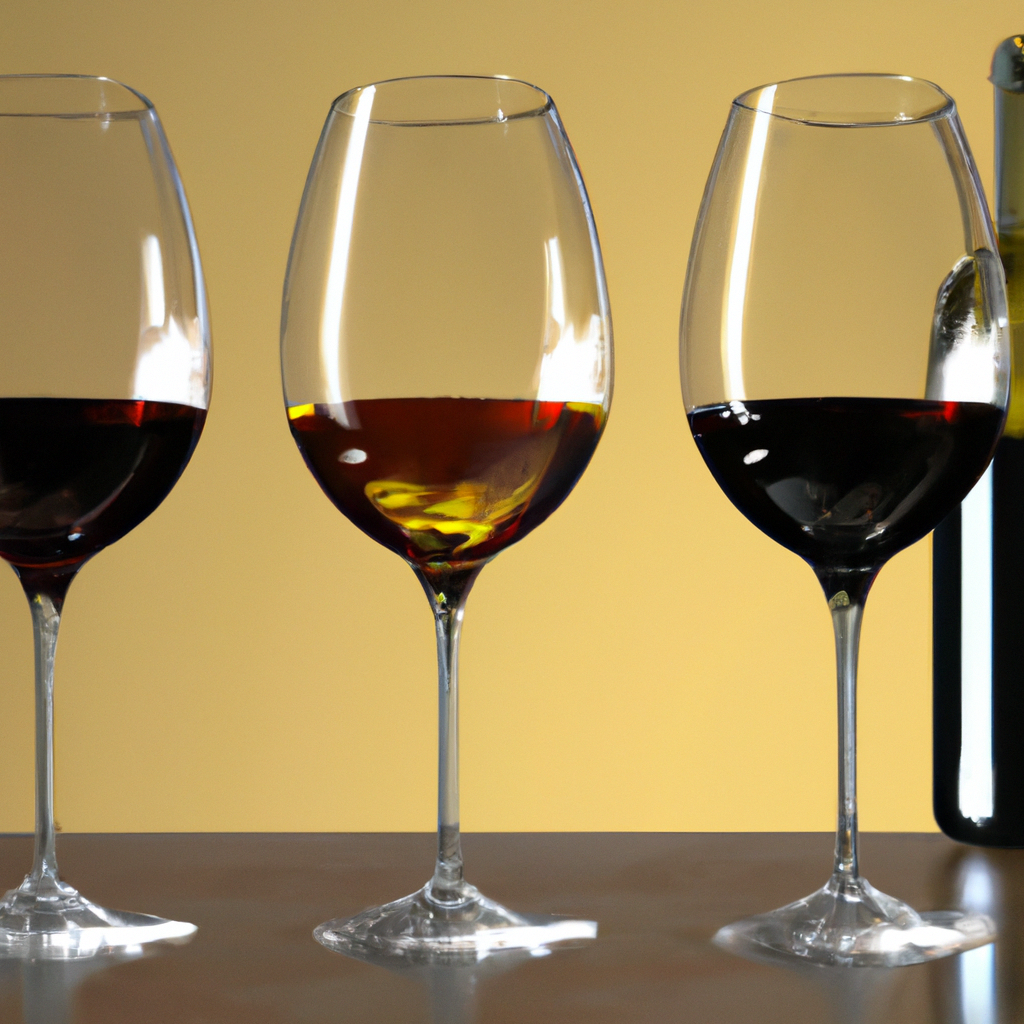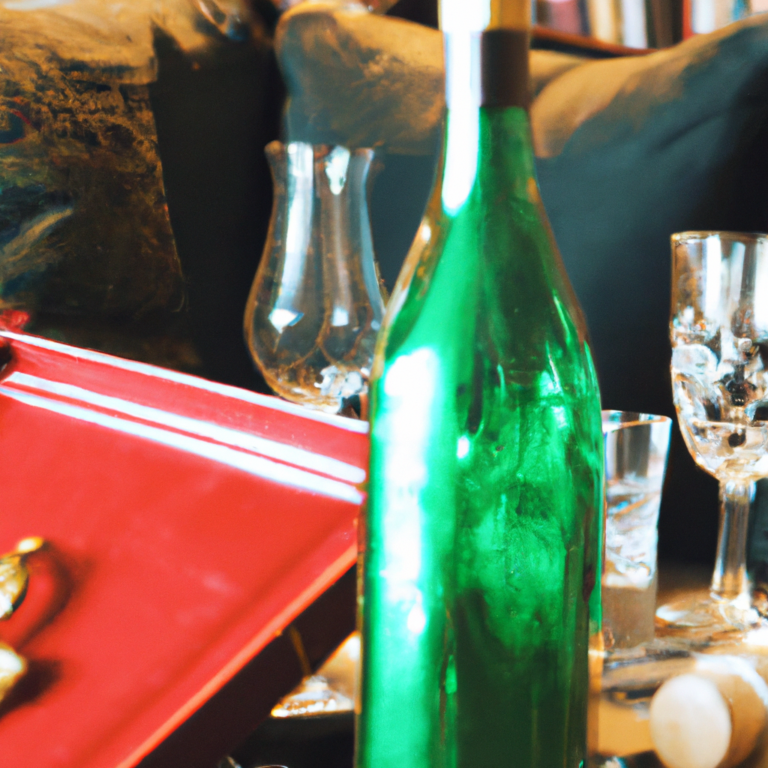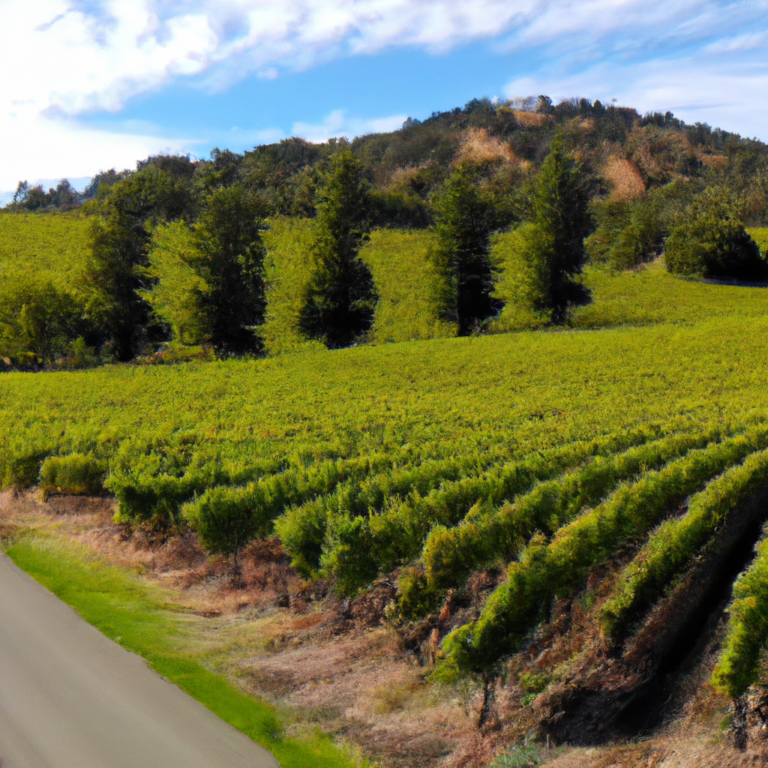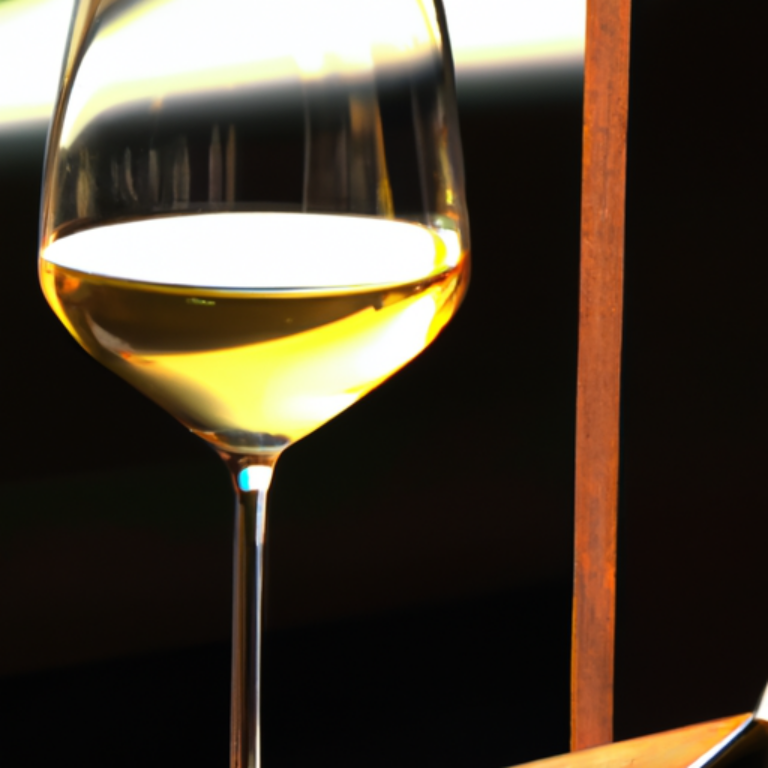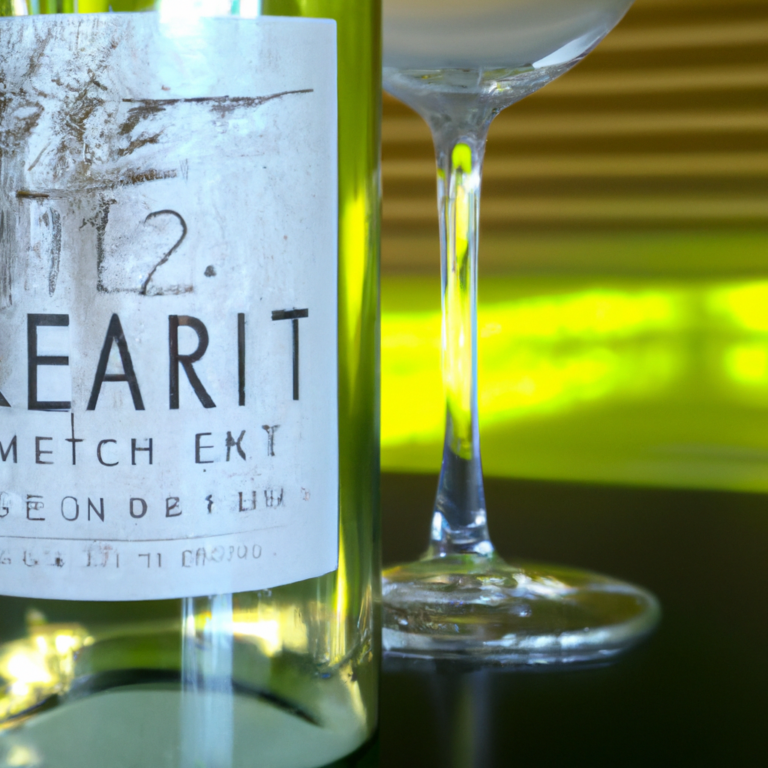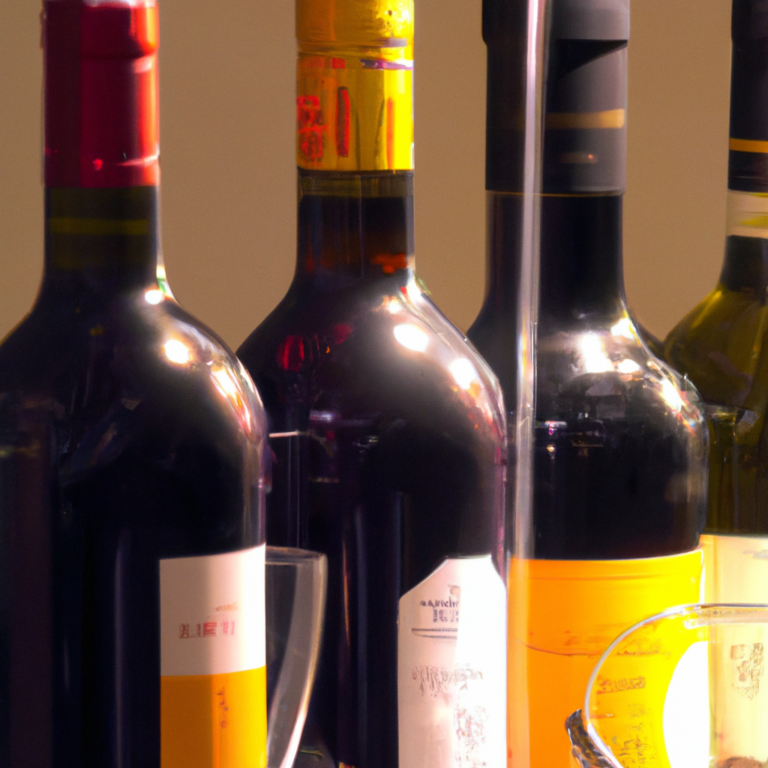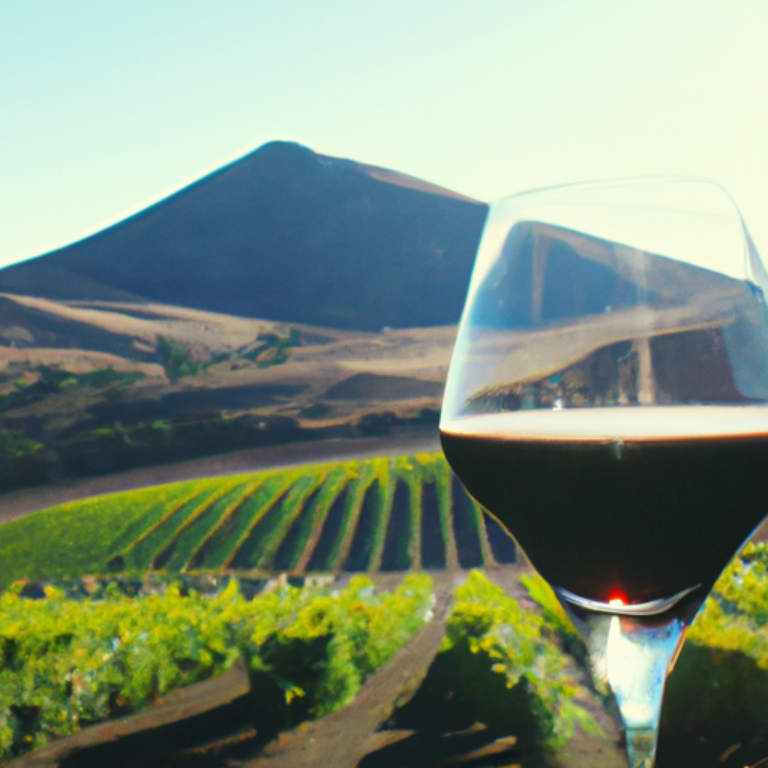The Ultimate Barolo Handbook
-
Article Summary
- The Ultimate Barolo Handbook
- Key Takeaways
- Introduction: The King of Wines and the Wine of Kings
- The History and Production of Barolo
- The Styles and Producers of Barolo
- The Taste and Pairing of Barolo
- Barolo’s Place in the Wine Market
- FAQ Section
- What makes Barolo unique?
- How long can you age Barolo?
- What food pairs well with Barolo?
- How much does a bottle of Barolo cost?
- What is the difference between traditional and modern Barolo?
- Conclusion: The Majesty of Barolo
- Key Takeaways Revisited
The Ultimate Barolo Handbook

[youtubomatic_search]
Key Takeaways
- Barolo is a rich, full-bodied red wine from the Piedmont region of Italy.
- It is made from the Nebbiolo grape and is known for its complex flavors and long aging potential.
- Barolo wines are often compared to the great wines of Burgundy due to their depth and complexity.
- Understanding the different styles and producers of Barolo can help you find the perfect bottle for your taste.
- Despite its prestige, Barolo remains relatively affordable compared to other high-end wines.
Introduction: The King of Wines and the Wine of Kings
Barolo, often referred to as the “King of Wines and the Wine of Kings”, is a rich, full-bodied red wine that hails from the Piedmont region of Italy. Made from the Nebbiolo grape, Barolo is known for its complex flavors, tannic structure, and long aging potential. This article will delve into the intricacies of Barolo, from its history and production to its different styles and top producers.
The History and Production of Barolo
Barolo’s history dates back to the 19th century when it was a sweet wine. However, in the mid-19th century, a French oenologist transformed it into the dry, full-bodied wine we know today. Barolo is produced in the Langhe hills of Piedmont, specifically in five municipalities including Barolo itself. The wine must be aged for at least 38 months, 18 of which in wooden barrels, and for at least 62 months for Riserva wines.
The Styles and Producers of Barolo
There are two main styles of Barolo: traditional and modern. Traditional Barolo is aged in large, old oak barrels which results in a wine with more tannin and less fruit flavor. Modern Barolo, on the other hand, is aged in smaller, new oak barrels, resulting in a wine with more fruit flavor and less tannin. Some of the top producers of Barolo include Giacomo Conterno, Bruno Giacosa, and Gaja.
The Taste and Pairing of Barolo
Barolo is known for its rich flavors of cherry, rose, tar, and truffles, with a high acidity and tannin content. It pairs well with rich, hearty dishes like braised beef, truffles, and aged cheeses. Despite its robust flavors, Barolo has a delicate nature that can be overwhelmed by spicy or heavily seasoned foods.
Barolo’s Place in the Wine Market
Despite its prestige, Barolo remains relatively affordable compared to other high-end wines like Bordeaux and Burgundy. However, prices can vary greatly depending on the producer and vintage. According to Wine-Searcher, the average price of a bottle of Barolo is around $50, but some bottles can fetch hundreds or even thousands of dollars.
FAQ Section
What makes Barolo unique?
Barolo is unique due to its combination of rich flavors, high acidity and tannin content, and long aging potential. It is also one of the few wines that is made entirely from the Nebbiolo grape.
How long can you age Barolo?
Barolo is known for its long aging potential. While it can be enjoyed young, it is often aged for 10-20 years to allow the flavors to fully develop.
What food pairs well with Barolo?
Barolo pairs well with rich, hearty dishes like braised beef, truffles, and aged cheeses. Its robust flavors can stand up to these strong flavors, but its delicate nature can be overwhelmed by spicy or heavily seasoned foods.
How much does a bottle of Barolo cost?
The cost of a bottle of Barolo can vary greatly depending on the producer and vintage. On average, a bottle costs around $50, but some bottles can fetch hundreds or even thousands of dollars.
What is the difference between traditional and modern Barolo?
Traditional Barolo is aged in large, old oak barrels which results in a wine with more tannin and less fruit flavor. Modern Barolo, on the other hand, is aged in smaller, new oak barrels, resulting in a wine with more fruit flavor and less tannin.
Conclusion: The Majesty of Barolo
Barolo, with its rich history, complex flavors, and long aging potential, truly lives up to its title as the “King of Wines”. Whether you prefer the traditional style with its high tannin content and less fruit flavor, or the modern style with its more fruit-forward profile, there is a Barolo out there for every wine lover. Despite its prestige, Barolo remains relatively affordable, making it accessible to a wide range of wine enthusiasts.
Key Takeaways Revisited
- Barolo is a rich, full-bodied red wine from the Piedmont region of Italy.
- It is made from the Nebbiolo grape and is known for its complex flavors and long aging potential.
- Barolo wines are often compared to the great wines of Burgundy due to their depth and complexity.
- Understanding the different styles and producers of Barolo can help you find the perfect bottle for your taste.
- Despite its prestige, Barolo remains relatively affordable compared to other high-end wines.
[youtubomatic_search]

